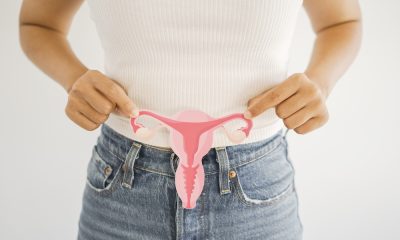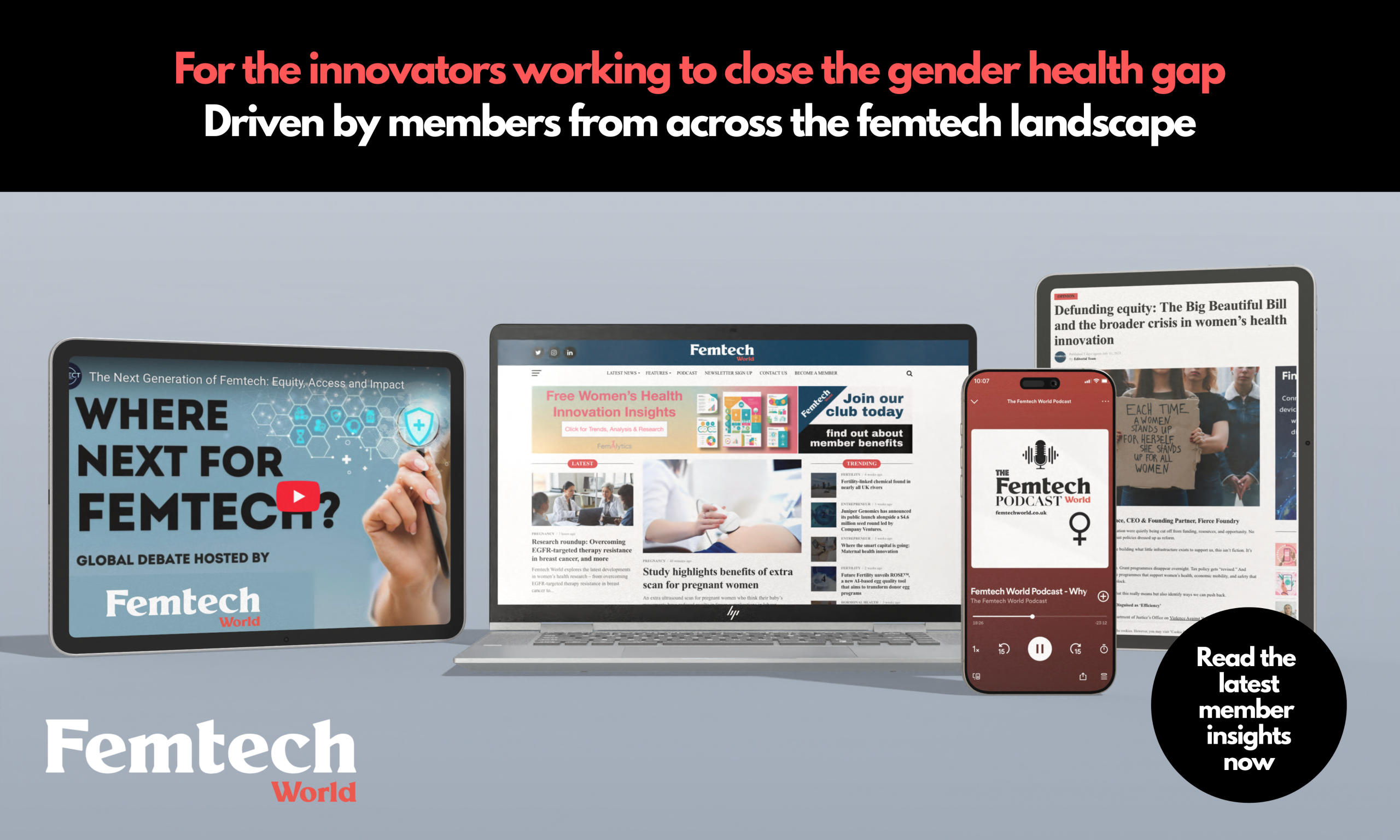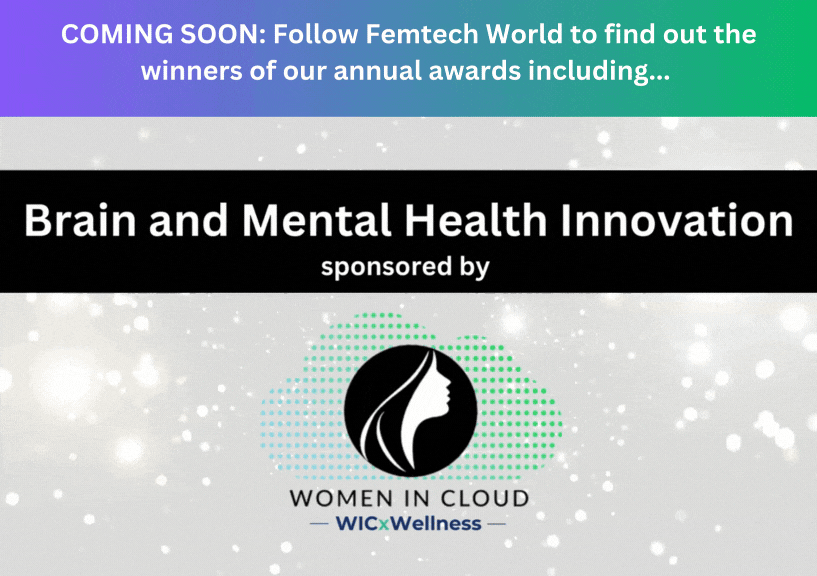News
Femtech company raises €4.22m to improve gynaecological diagnostics
Endometrial cancer begins as a growth of cells in the uterus and is traditionally diagnosed with the help of an endometrial biopsy

A Spanish femtech company has raised €4.22m in funding to advance gynaecological diagnostics.
Barcelona-based start-up Mimark Diagnostics, a spin-off from the Vall d’Hebron Research Institute (VHIR), aims to speed up the discovery, verification and validation of biomarkers to develop new solutions for gynaecological patients.
Its in vitro diagnostic test for endometrial cancer is now in the last stage of prototyping and is hoped to move to the verification and validation stages.
Endometrial cancer, also known as uterine cancer, is a type of cancer that begins as a growth of cells in the uterus. It is traditionally diagnosed with the help of an endometrial biopsy, a procedure in which a tissue sample is obtained from the endometrium.
However, this could leave up to 30 per cent of patients undiagnosed due to technical failure or an inadequate amount of tissue.
Mimark’s innovation, which looks at five protein biomarkers in uterine fluid samples, aims to provide patients with a better diagnosis method and offer them more information on the histological subtype of the tumour to guide surgical treatment.
“This seed funding represents a significant milestone for Mimark and validates our commitment to improve gynecological diagnostics,” said Marina Rigau, co-founder and CEO of Mimark.
“Thanks to this funding we will advance on bringing our first product to the market; an in vitro diagnostic for endometrial cancer. We are excited about the journey ahead and the positive impact our innovations will have on women’s health.”
The investment is hoped to drive the development of the company’s solutions, with EU participation from the EIC Accelerator (European Innovation Council) and private investors, including Clave Capital, Nara Capital, Namarel Ventures, WA4STEAM, CDTI Innvierte, Inveready and Canterbury Scientific.
The funds, Rigau added, will be “instrumental” in advancing Mimark’s mission.
According to the co-founder, the start-up will be starting to accelerate the verification and clinical validation of WomEC, expand research and development efforts and strengthen collaborations with healthcare institutions in the field of gynaecology.
To receive the Femtech World newsletter, sign up here.
Mental health
Study explores link between breast cancer treatment and fatigue

Researchers are probing why breast cancer patients face lasting fatigue after treatment, with exhaustion affecting up to 90 per cent during therapy.
Cancer-related fatigue (CRF) — persistent tiredness not eased by rest — can affect mood, activity and work life. Many survivors report symptoms for months or years after treatment.
A University of Brighton team is exploring whether cancer and its treatments alter how the brain reads body signals, potentially increasing exhaustion.
“Cancer-related fatigue is one of the most distressing, frustrating and least understood side effects of cancer treatment.” said Dr Jeanne Dekerle, principal investigator.
“We want to understand why it affects some patients more than others, and how this influences their ability to be active.”
“If we can understand the brain’s role in fatigue, we can help people recover faster, feel more energetic and live more fully after cancer.”
The study will recruit approximately 80 women aged 18 to 60, divided into groups of breast cancer survivors experiencing CRF and healthy women of similar ages.
Researchers aim to find out whether those with cancer-related exhaustion perceive body signals differently from healthy individuals.
The team hopes the findings will inform development of personalised treatments and exercise programmes tailored to patients’ needs.
Pregnancy
Severe nausea before and after pregnancy linked to depression, study finds
News
Insulin delivery tech supports healthier pregnancies, study finds
-

 Hormonal health4 weeks ago
Hormonal health4 weeks agoDozens of women report suffering painful burns after using Always sanitary towels
-

 News4 weeks ago
News4 weeks agoCutting through the noise in femtech – key takeaways from Women’s Health Week 2025
-
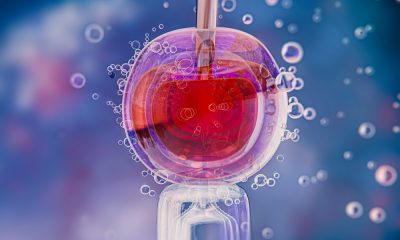
 News3 weeks ago
News3 weeks agoAI embryo selection tool wins European approval
-

 Wellness1 week ago
Wellness1 week agoOpinion: Not ‘just stress’ – How hormonal changes affect women’s brain function
-
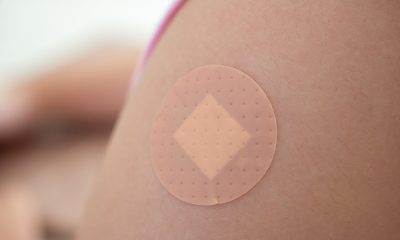
 Wellness3 weeks ago
Wellness3 weeks agoTestosterone patch shows promise for menopausal women
-

 News4 weeks ago
News4 weeks agoScientists develop breakthrough approach to detecting endometriosis in menstrual blood
-

 Features3 weeks ago
Features3 weeks agoFrom SEO to GEO: How women’s health brands can get found in the age of AI
-

 News3 weeks ago
News3 weeks agoFDA approves new menopause drug to treat hot flashes and night sweats









